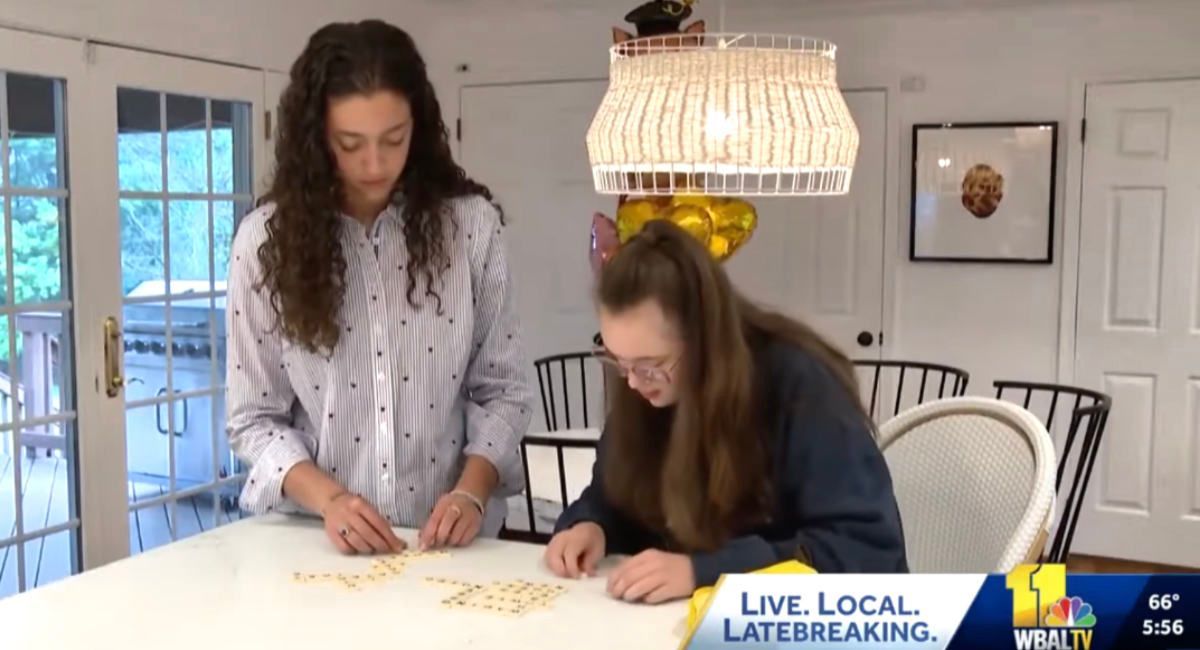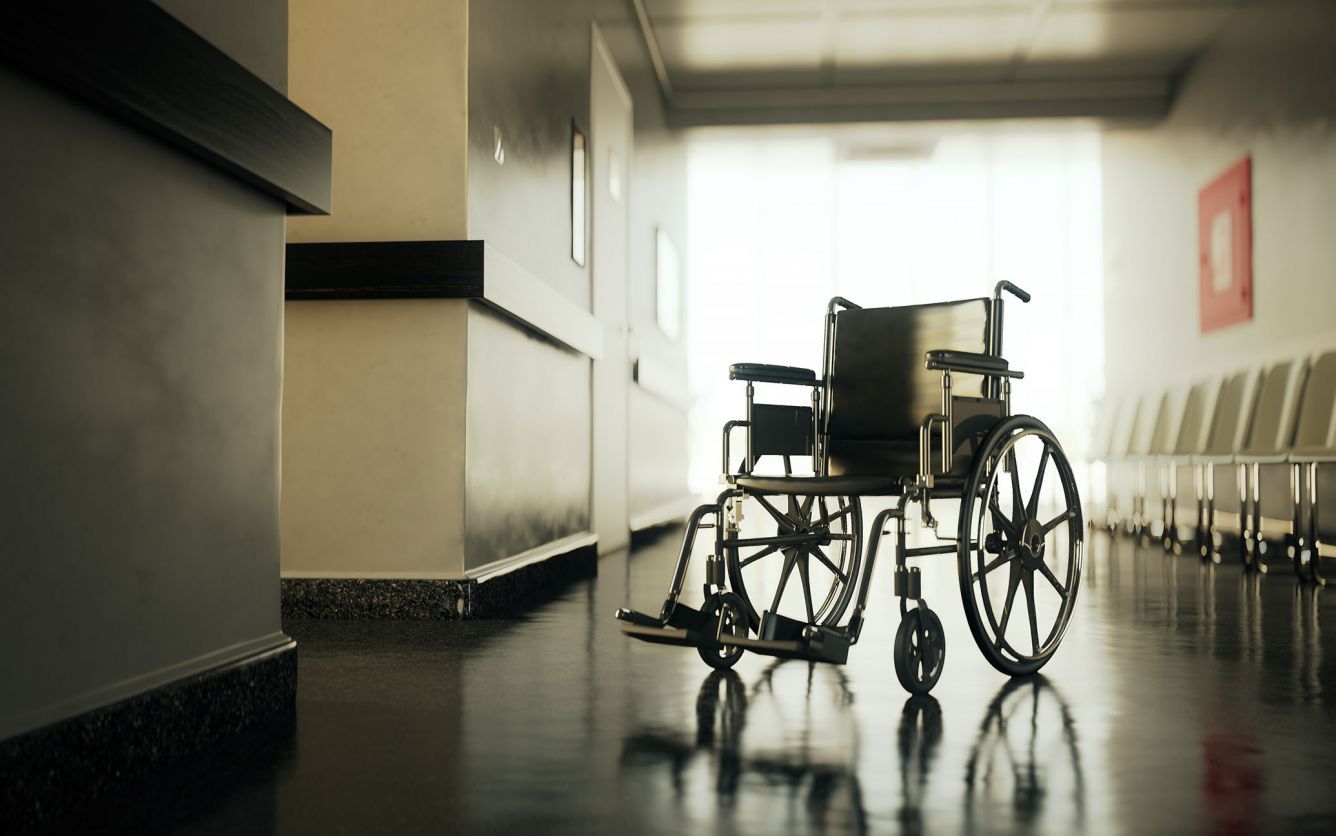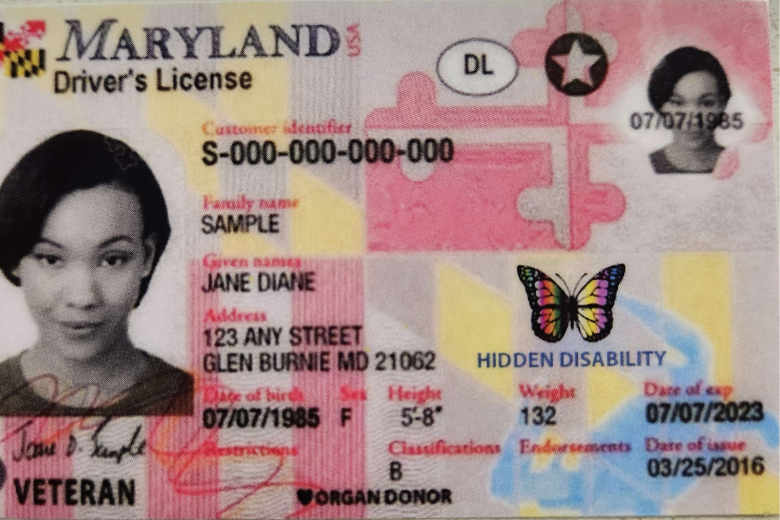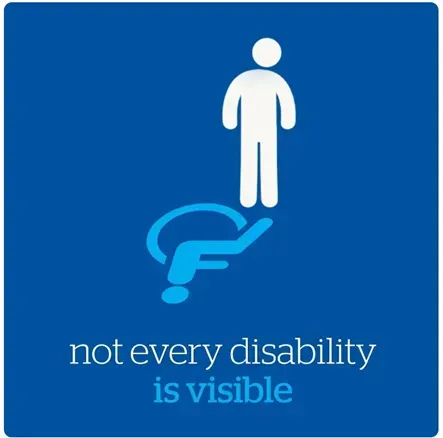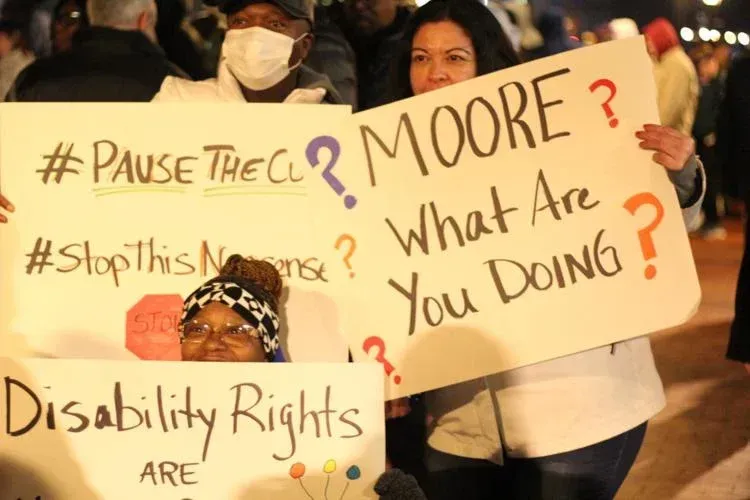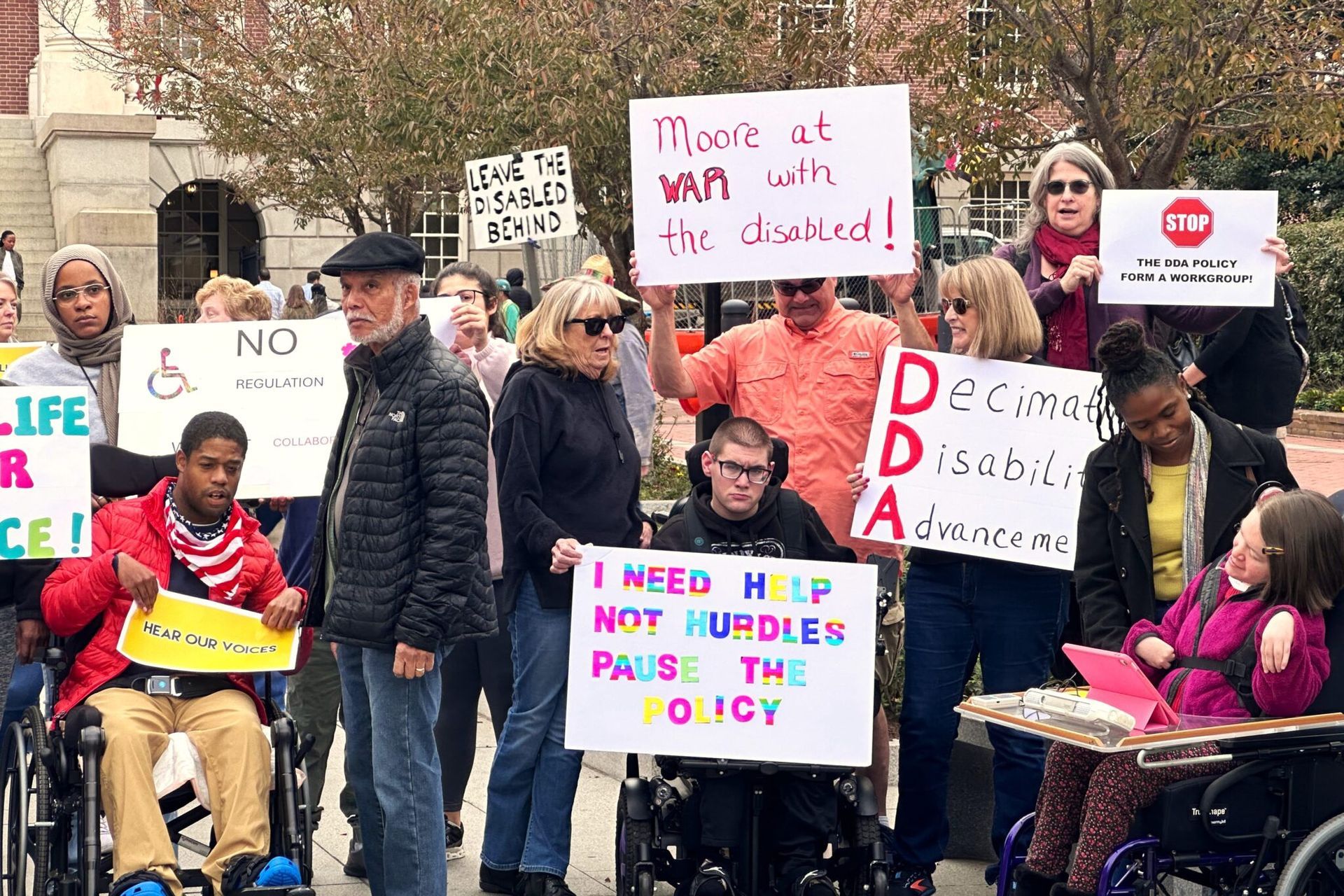What The Coronavirus Means For IEPs This Year
As a school year like no other gets underway, the laws surrounding individualized education programs remain unchanged and experts say parents should fight for the services their kids need.
While the details may look different — with IEP meetings occurring virtually rather than in person, for example — special education advocates and attorneys say that families should approach the IEP process much like they would in any other year.
“I think that’s where people get lost is they think that COVID changes things and under the law, it does not,” according to Denise Marshall, CEO of the Council of Parent Attorneys and Advocates, or COPAA, a nonprofit that works to advocate for the rights of students with disabilities and their families.
Marshall is reminding parents that the whole concept of the IEP is that services for students with disabilities should be individualized. The IEP team should consider the student’s present levels of performance, needs, goals and how to meet them before making any determinations about placements.
“I’ve been hearing about too many districts that are calling parents up and saying ‘all the students with disabilities are going back to school five days a week.’ That’s contrary to the law making blanket placement decisions based on their disability category,” she said. “The decision about the services and where they’re going to take place should be the last part of the process.”
Parents should request an IEP meeting, Marshall said. If some services have to be modified due to the coronavirus — agreeing to two days a week of virtual instruction, for example — details about that arrangement should be included in an addendum to the IEP along with a date or juncture at which the adjustment will be reviewed again, she said.
Another consideration for IEP teams is how school closures in the spring affected the student.
“If students were not provided services, if there was a regression and/or failure to make progress, then we should be looking at what additional services might be needed,” Marshall said.
The Individuals with Disabilities Education Act allows parents to seek compensatory services if students with disabilities do not receive the free appropriate public education they’re entitled to. Gary Mayerson, a New York City attorney who specializes in representing people with autism and other developmental disabilities and has authored a new book [01] touching on the impacts of COVID-19, recommends that parents remind schools of this now as a means to get services back on track rather than waiting for the pandemic to end and seeking compensatory services at that time.
“I think parents are often too nice to administrators and let them off the hook too easily with services that can be offered remotely,” said Mayerson, who indicated that it’s important to put any requests in writing, whether in a letter or via email.
In addition to academics, IEPs should still include transition services for older students as well as goals pertinent to activities of daily living, which may need to be updated to address mask wearing, social distancing and other elements of the current environment, Mayerson said.
To date, the U.S. Department of Education has declined [02] to seek any meaningful modifications to IDEA as a result of the COVID-19 pandemic, despite the significant impact on schools and pressure from groups representing school administrators to relax requirements.
“While the department has provided extensive flexibility to help schools transition, there is no reason for Congress to waive any provision designed to keep students learning,” Secretary of Education Betsy DeVos said in the spring. “With ingenuity, innovation and grit, I know this nation’s educators and schools can continue to faithfully educate every one of its students.”
The agency has issued a series [03] of guidance documents designed to help schools navigate the closures [04] including specifics on dispute resolution procedures, [05] how IDEA funds can be used, procedural requirements under special education law and the evaluation of young children with disabilities for services.
For his part, Mayerson said he has seen some good come from these unprecedented circumstances.
“I’m seeing the school districts and family counsel work more as collaborators,” he said. “That’s a trend I hope continues.”
Citations :
[01] Book: https://difflearn.com/products/autisms-declaration-of-independence
[02] Article: https://www.disabilityscoop.com/2020/04/28/devos-no-reason-waive-provisions-idea/28244/
[03] Article: https://www.disabilityscoop.com/2020/07/10/trump-administration-weighs-in-on-disability-services-ami...
[04] Article: https://www.disabilityscoop.com/2020/03/13/feds-weigh-in-special-ed-medicaid-coronavirus/27969/
[05] Article: https://www.disabilityscoop.com/2020/06/23/ed-department-new-guidance-special-education-pandemic/285...

